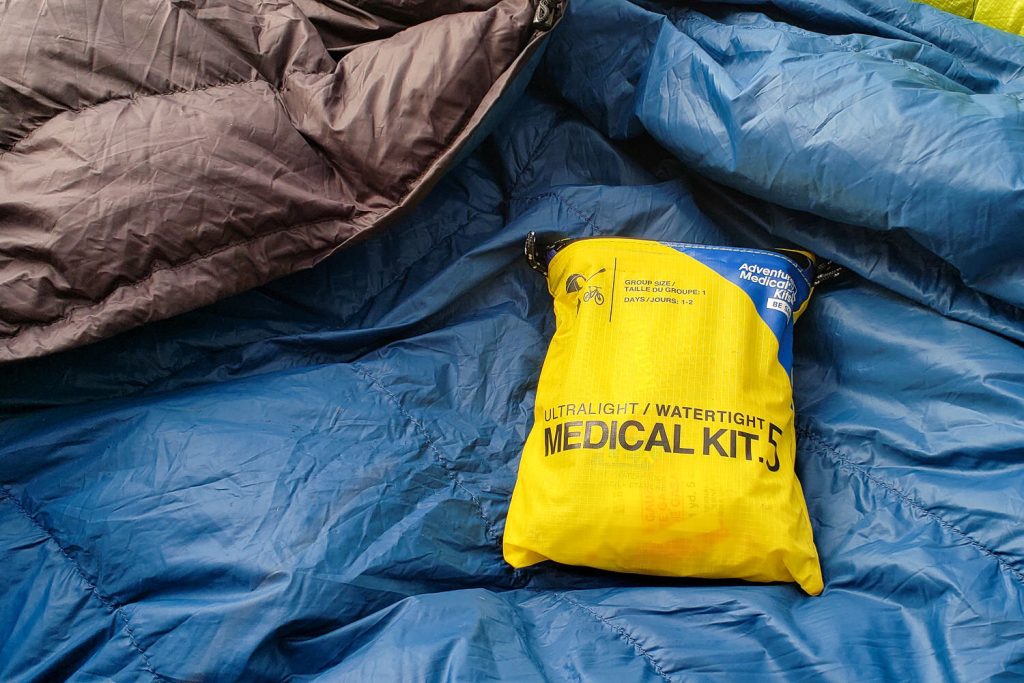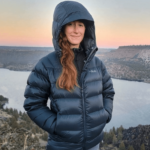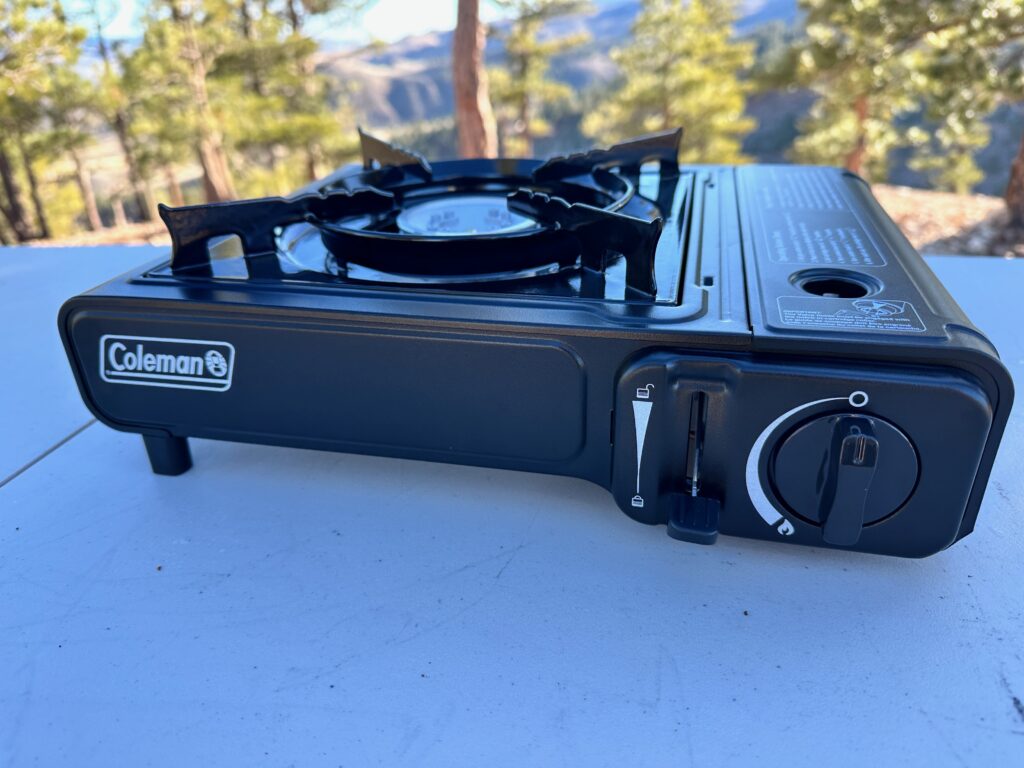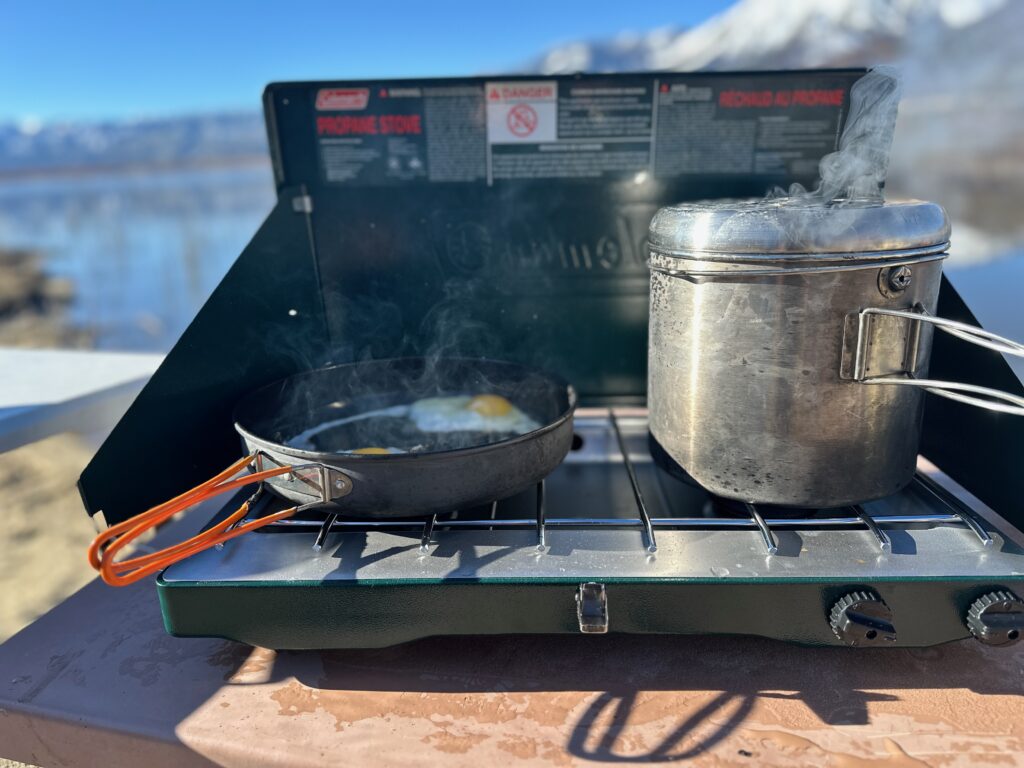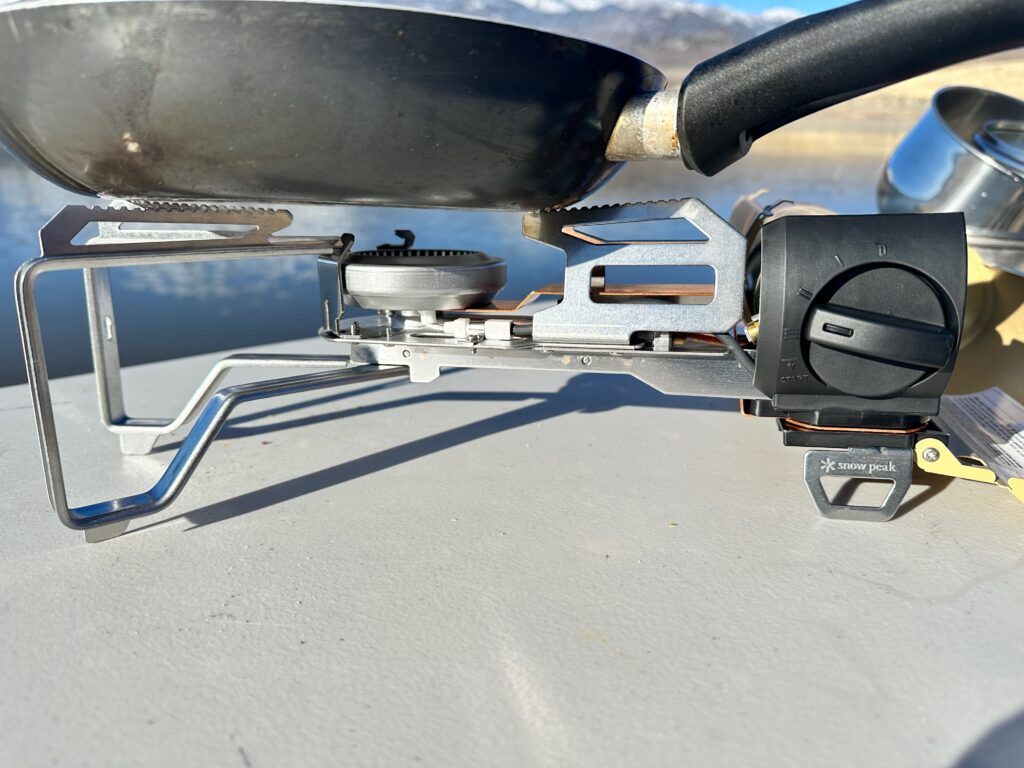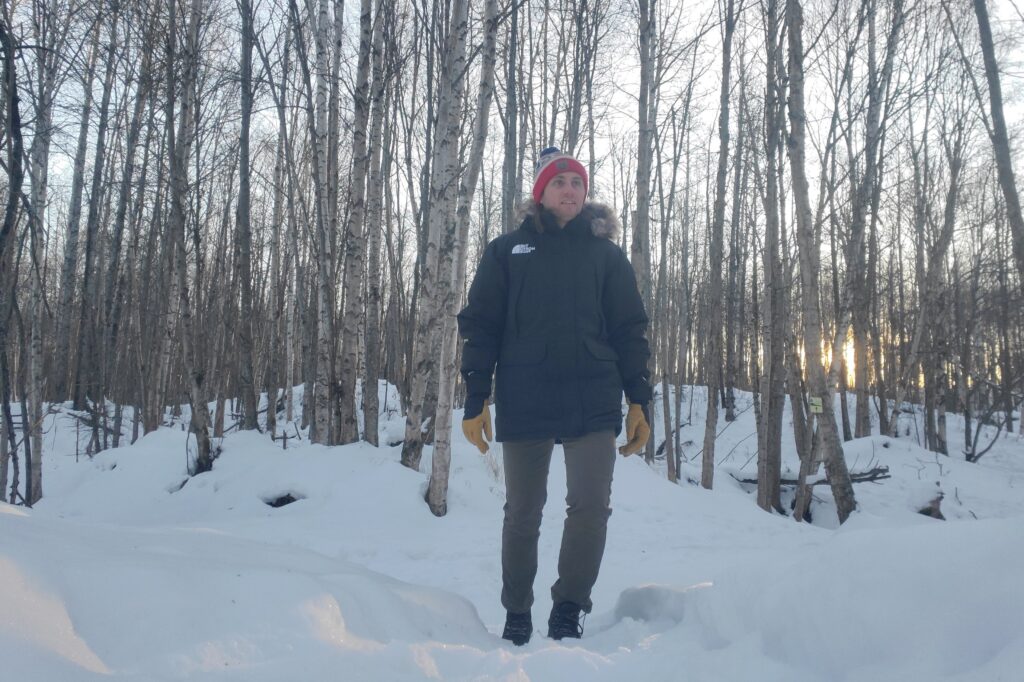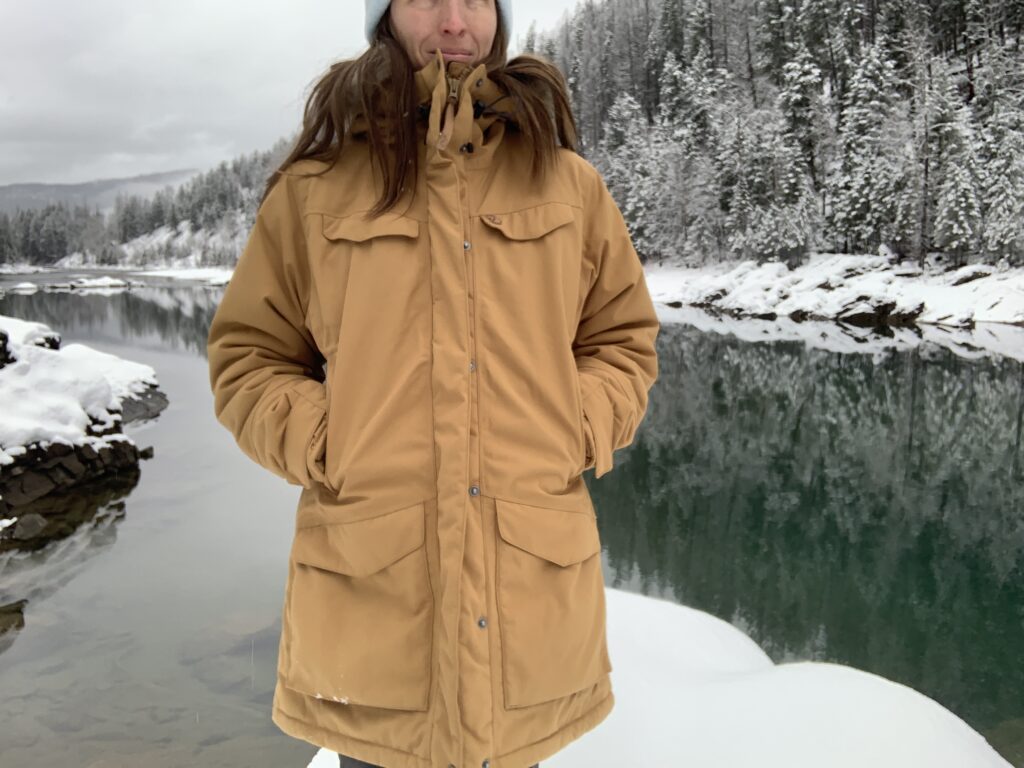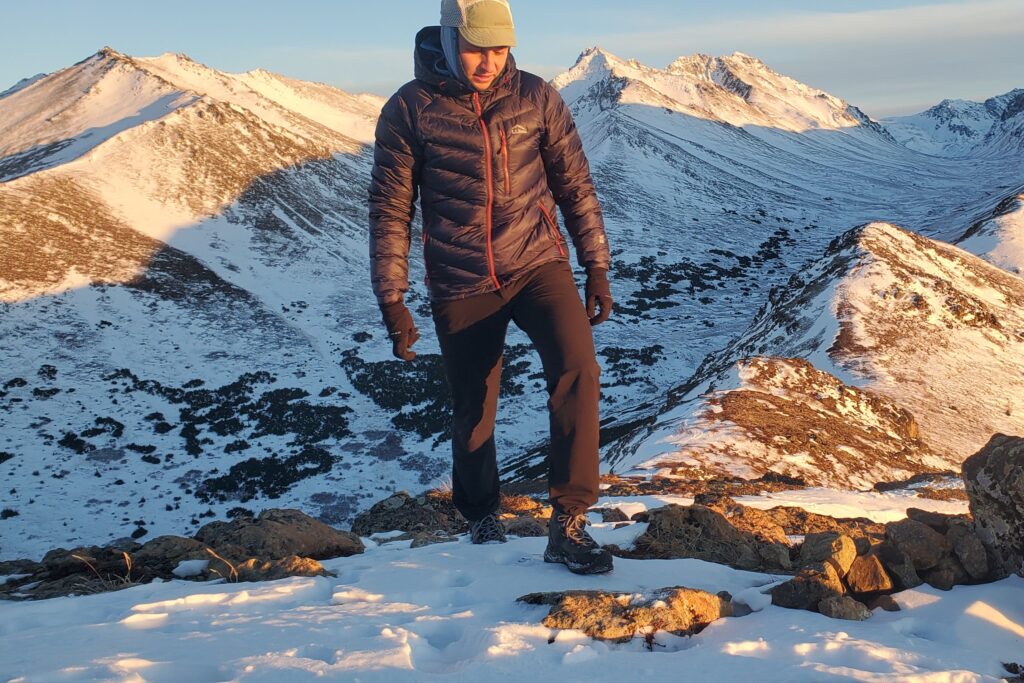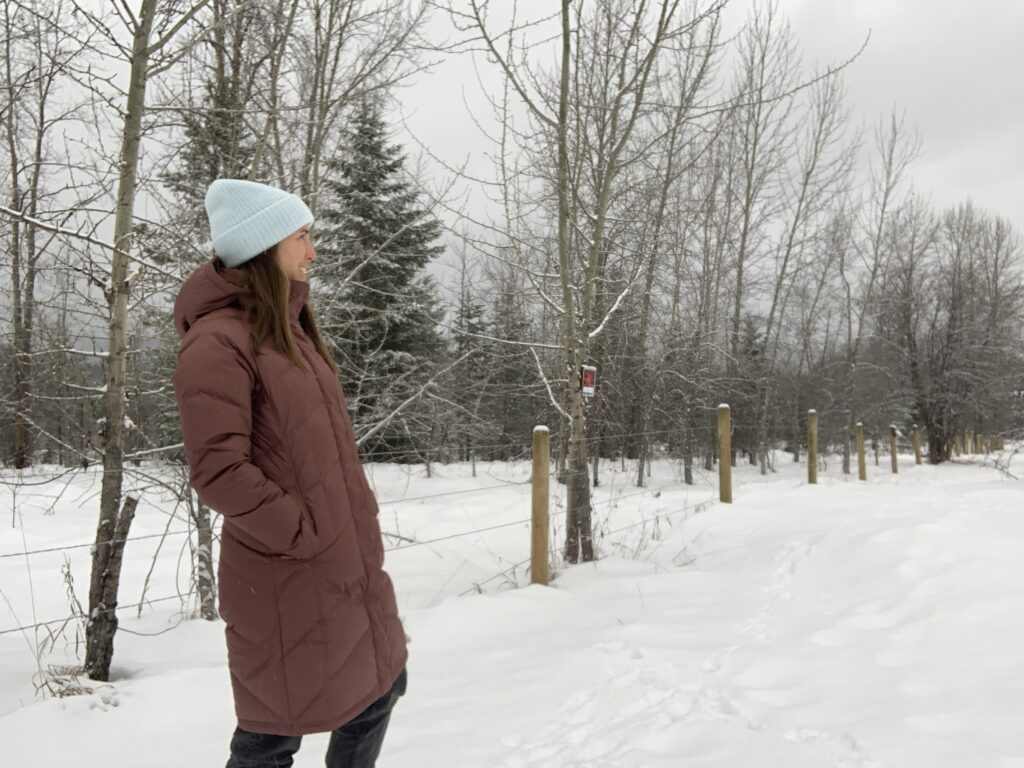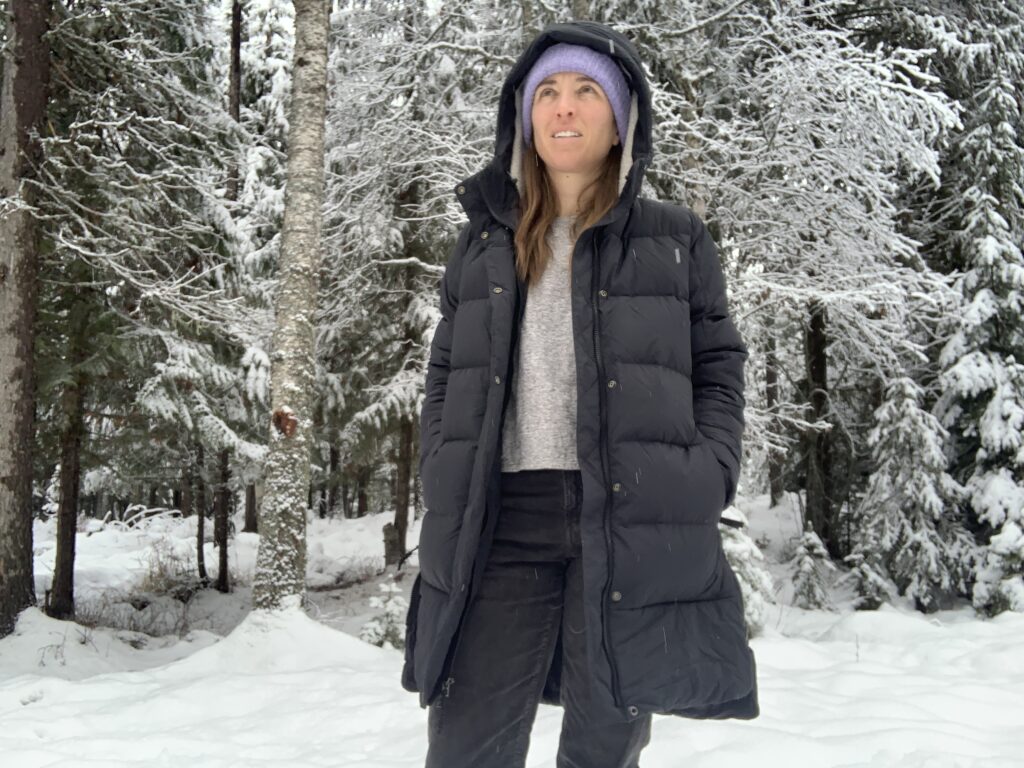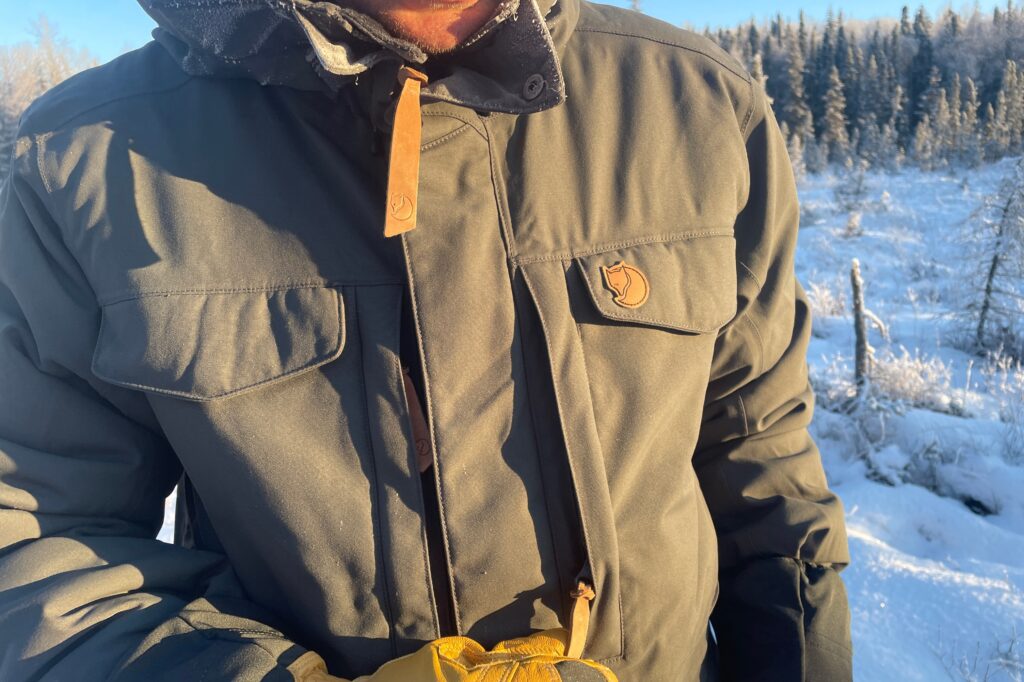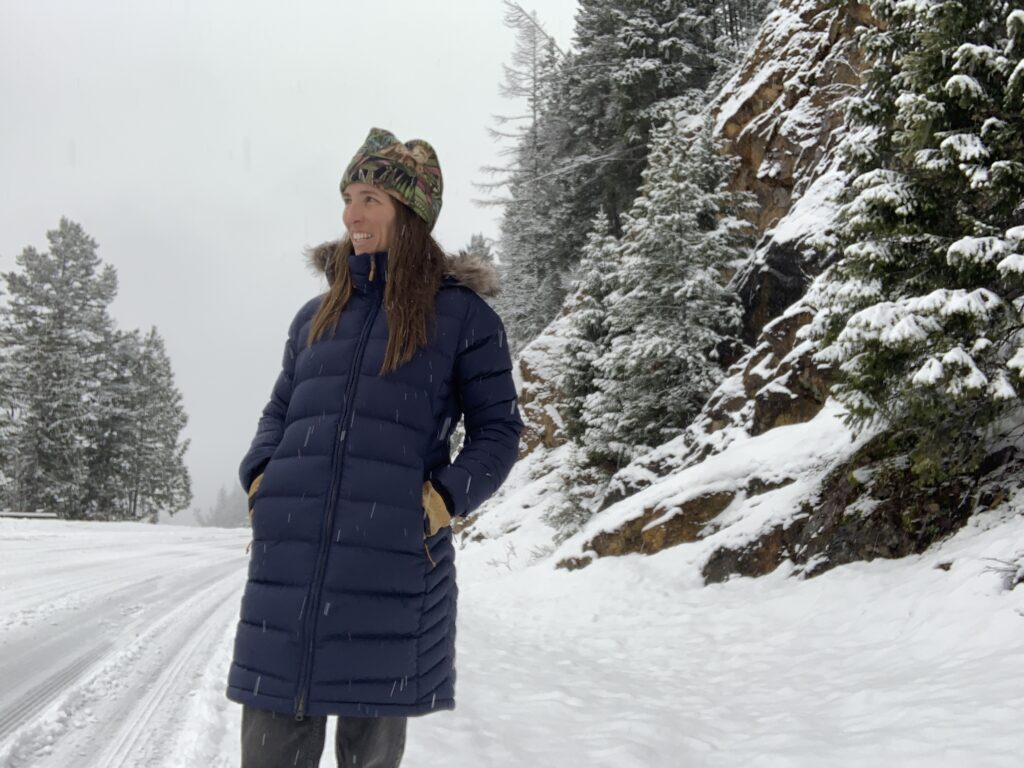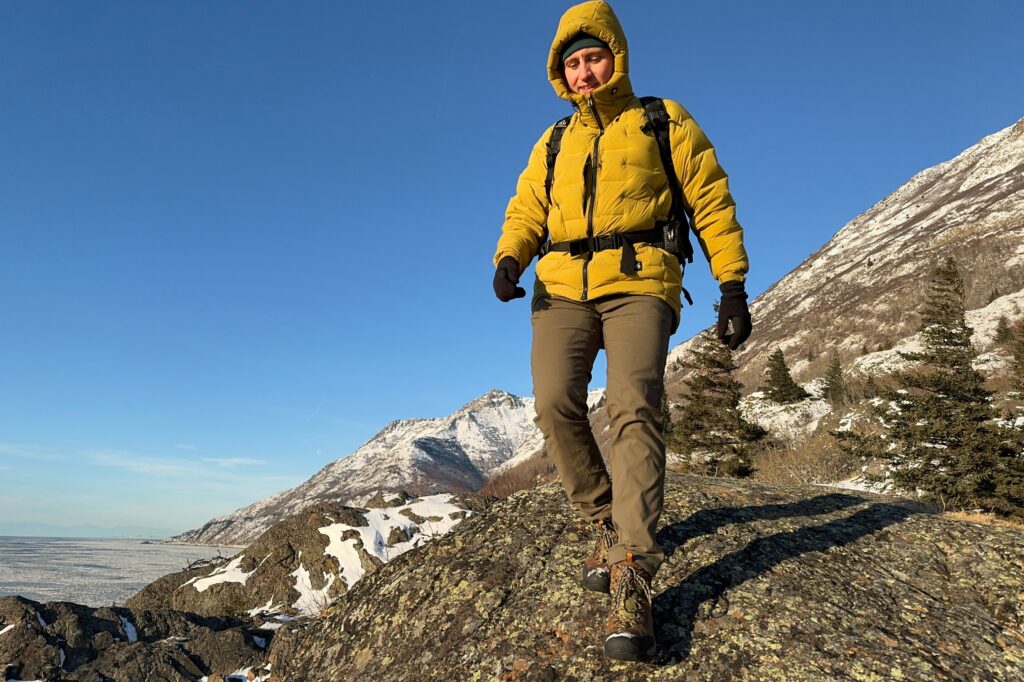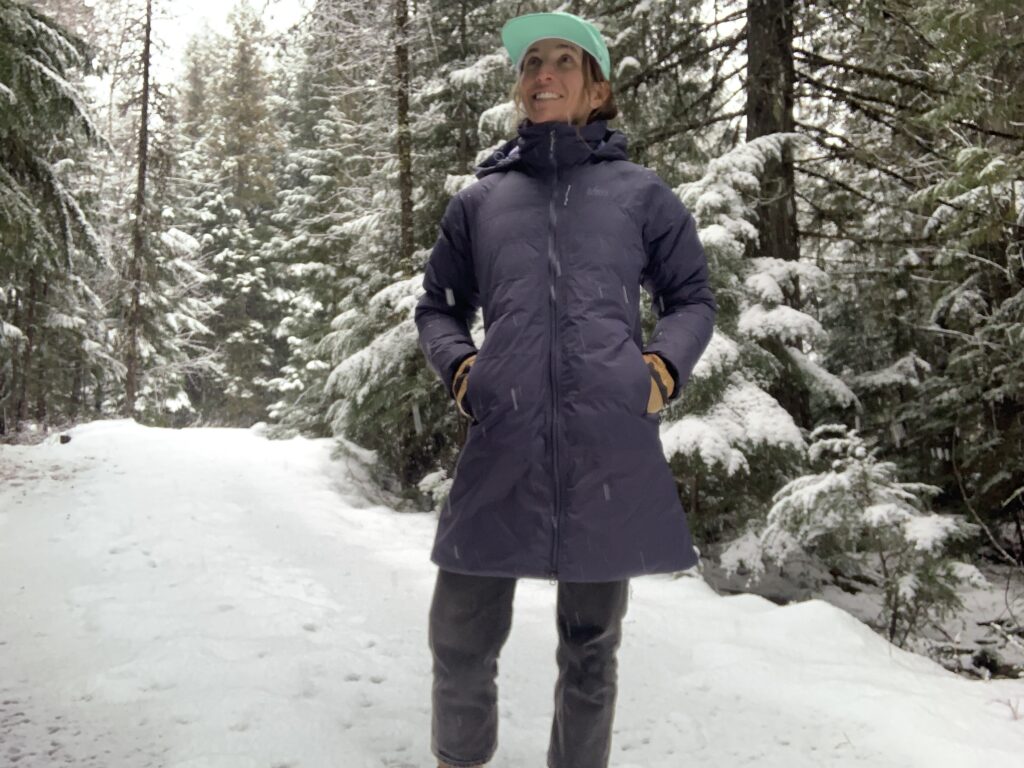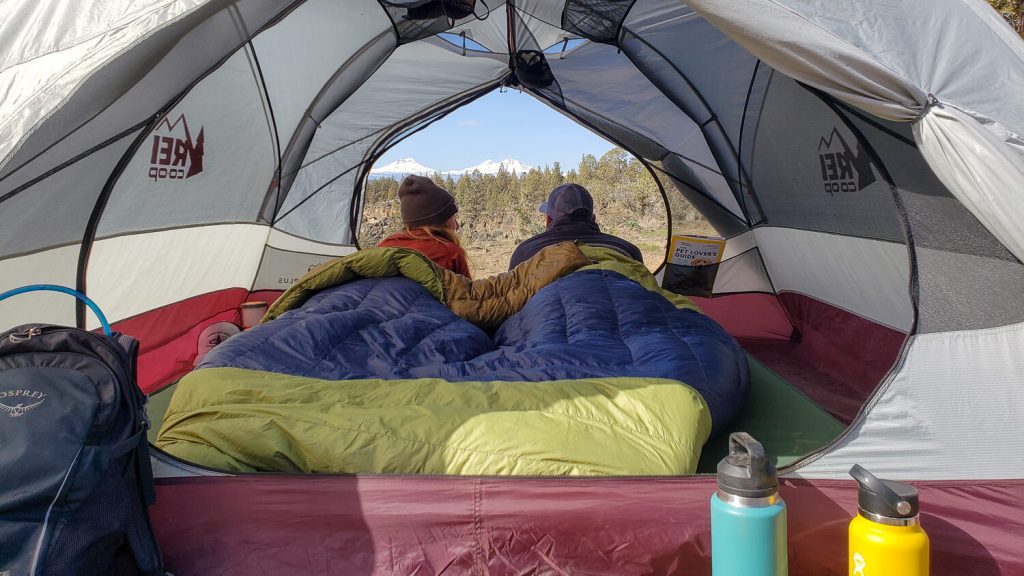
Whether you love planning logistics and packing for a camping trip or tend to leave it to the last minute, it’s important to make sure you have all of the essentials. At CleverHiker, we love for all things planning so we put together this checklist to help make packing easy and stress-free.
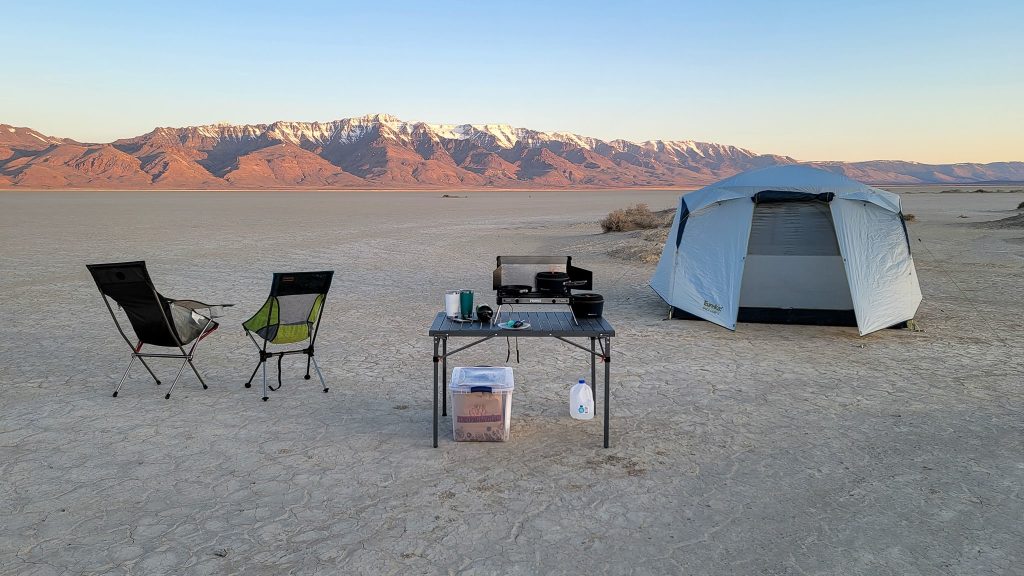
The Gear
To determine what gear you need to bring on your trip, ask yourself these questions:
- What is the weather forecast for the specific area I’ll be in? Look up the weather forecast for the entirety of your trip and take the lowest low and the highest high as the temperature range you need to plan for. If precipitation is in the forecast, you’ll need waterproof outer layers as well.
- Are you going to a campground or a primitive campsite? This will help you determine whether or not there will be picnic tables, fire pits, bathroom facilities, water, and electricity. You’ll obviously need to pack a bit differently for primitive camping.
- What activities would you like to do? You get to decide how you want to spend your time in the outdoors. Complete your gear list with the items you need to make hiking, fishing, biking, playing games, or just relaxing in camp enjoyable.
- How luxurious do you want your camp to be? Think of your campsite as a blank canvas where you can set up as much or as little as you’d like to make it your own. Some people take great pride in setting up elaborate, cushy camps, while others prefer to take a more minimalistic approach.
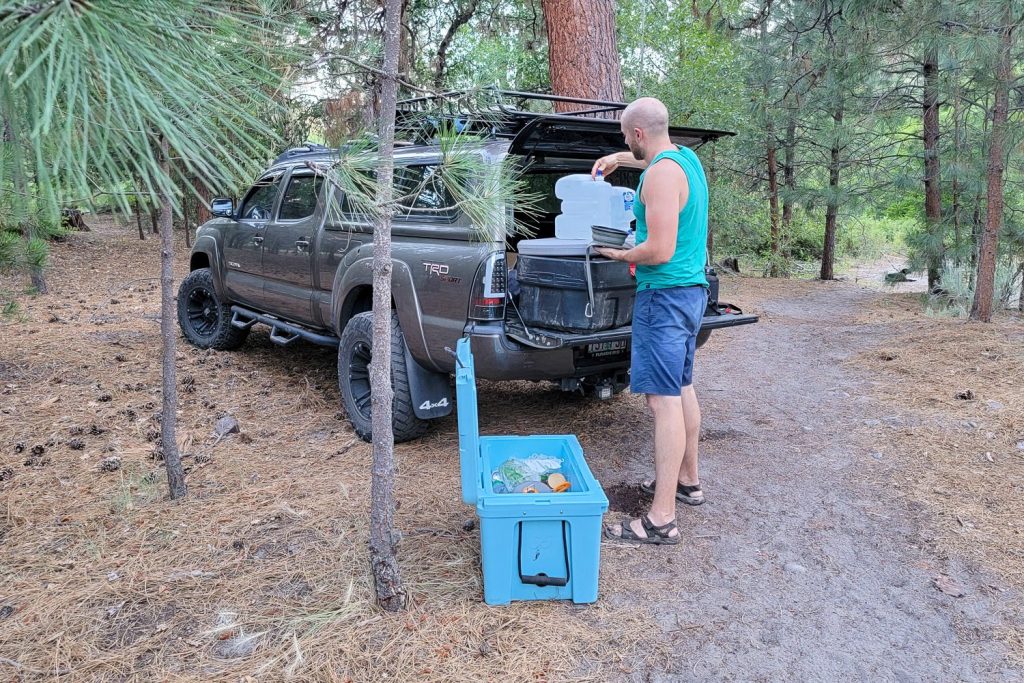
Starting from Scratch?
While this gear list may look intimidating at first, you don’t need every single item here, and you’ll probably find that you already have a lot of these items around your house.
Start by gathering the important basics like your shelter and sleep system first, then expand from there.
If you’re on a tight budget, consider renting or borrowing big-ticket items to get you started. Your camping supplies will upgrade and evolve as you go on more trips and grow to love camping.
The Ultimate Camping Checklist
DOWNLOAD OUR FREE PRINTABLE CHECKLIST
(Change margins to ‘narrow’ when printing)
Site Gear/Furniture
- Table
- Chairs (camping / backpacking)
- Hammock + tree straps
- Outdoor rug
- Tablecloth (clips)
- Clothesline (clothes pins)
- Clear plastic bins to store items
- Insect repellent (or Thermacell)
- Sit pads for insulation on chairs
Primitive Site Gear
(when water, toilets, & electricity aren’t available)
- Water filter/purification
- Collapsible water bottles or large water container
- Trowel / shovel (when outhouses aren’t available)
- Toilet waste bag
- Portable camp shower
Shelter/Bedding
- Tent (camping / backpacking)
- Footprint
- Stakes + guylines + mallet
- Sleeping bag (camping / backpacking)
- Sleeping pad, mattress, or cot
- Air pump or pump sack
- Pillow
- Camping blanket(s)
- Sunshade, tarp, or screen house (stakes + guylines)
- Duct tape + Tenacious tape (repairs)
Electronics
- Power bank & extra batteries
- Phone & charger
- Camera
- Tripod & wireless shutter remote
- Lens cloth
- Headlamp
- Lantern or tent lights
- Map or GPS
- Headphones or speaker to play music
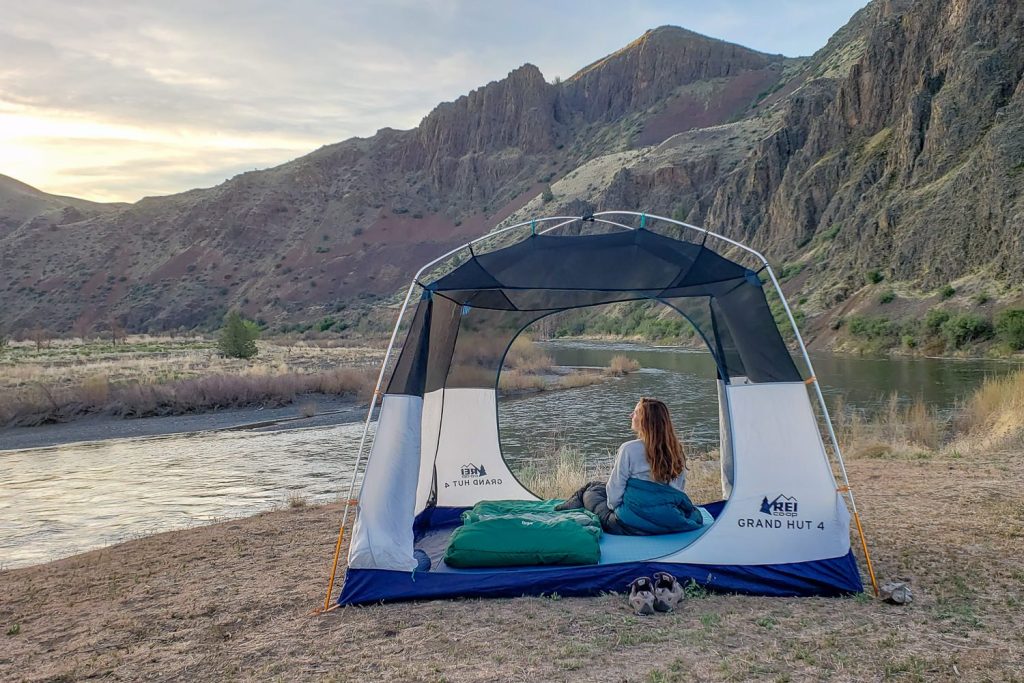
CONSUMABLES
- Water
- Ice for cooler
- Food & snacks (or freeze-dried meals)
- Beverages
- Coffee/tea/creamer
- Condiments
- Spice kit
- Cooking oil or non-stick spray
CAMP KITCHEN
- Cooler
- Stove + fuel (camping / backpacking)
- Lighter or matches
- Cookware (camping / backpacking)
- Cooking utensils (spatula, ladle, etc.)
- Grill rack / dutch oven (to cook over fire)
- Coffee maker
- Travel mug(s)
- Water bottle(s) or hydration pack
- Dishes + utensils
- Cutting board + knife
- Biodegradable soap + sponge
- Dishwashing basin (or plastic bin)
- Pack towel or paper towels
- Food containers, Ziploc bags + foil
- Bags for garbage & recycling
- Bottle opener / corkscrew
- Can opener
- Potholder
- Measuring cups / spoons
- Paracord + food bag (for bear country)
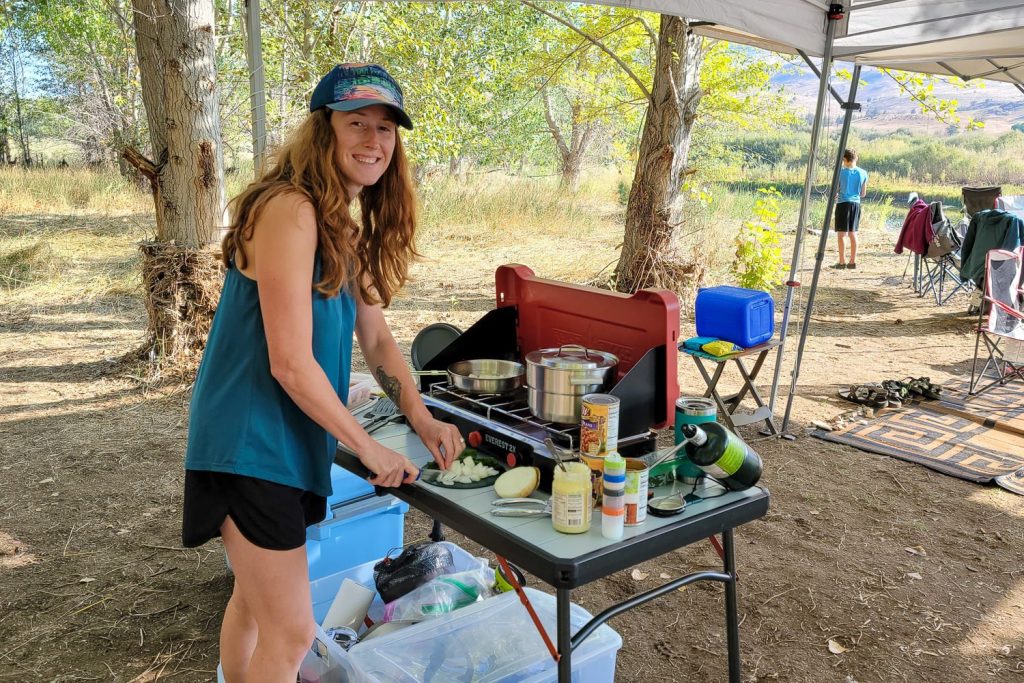
CLOTHING & FOOTWEAR
- Hiking pants (Men’s / Women’s)
- Shorts (Men’s / Women’s)
- Short-sleeve shirt & sun shirt (Men’s / Women’s)
- Underwear (Men’s / Women’s)
- Down jacket and/or fleece jacket
- Windbreaker and/or rain jacket (depending on forecast)
- Base layers
- Shoes & socks
- Hats (1 warm, 1 for sun)
- Sunglasses
- Gloves
- Swimsuit & pack towel
- Sandals (Men’s / Women’s) or camp shoes
- Bandana or washcloth
PERSONAL GEAR
- Daypack
- Knife or multitool
- Wallet (cash, credit card, ID)
- Duffle bag
- First-aid kit
- Sunscreen + lip balm
- Toiletries (shampoo, lotion, etc.)
- Prescription Rx
- Toilet Paper
- Hand sanitizer
- Travel toothbrush, paste + floss
- Comb / brush
- Ear plugs + sleep mask
- Permits/reservations/fees/licenses
- Check weather forecast
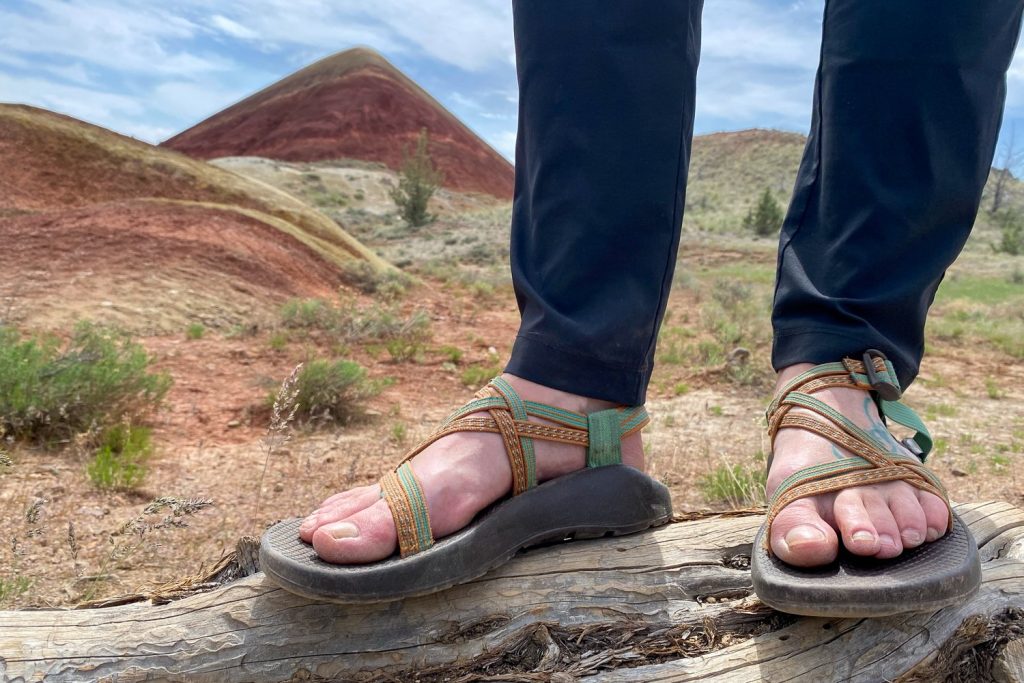
CAMPFIRE SUPPLIES
- Hatchet
- Fire starter (egg cartons also work well)
- Matches or lighter
- Firewood (if unavailable near campsite)
- Tarp (to cover wood + protect car)
- Roasting forks for s’mores
FUN & ENTERTAINMENT
- Games (dice, cards, etc.)
- Reading material, notebook / sketchbook & pen
- Instruments
- Binoculars
- Fishing gear
- Books / maps / field guides
- Dog gear (dishes, leash, longline, bed)
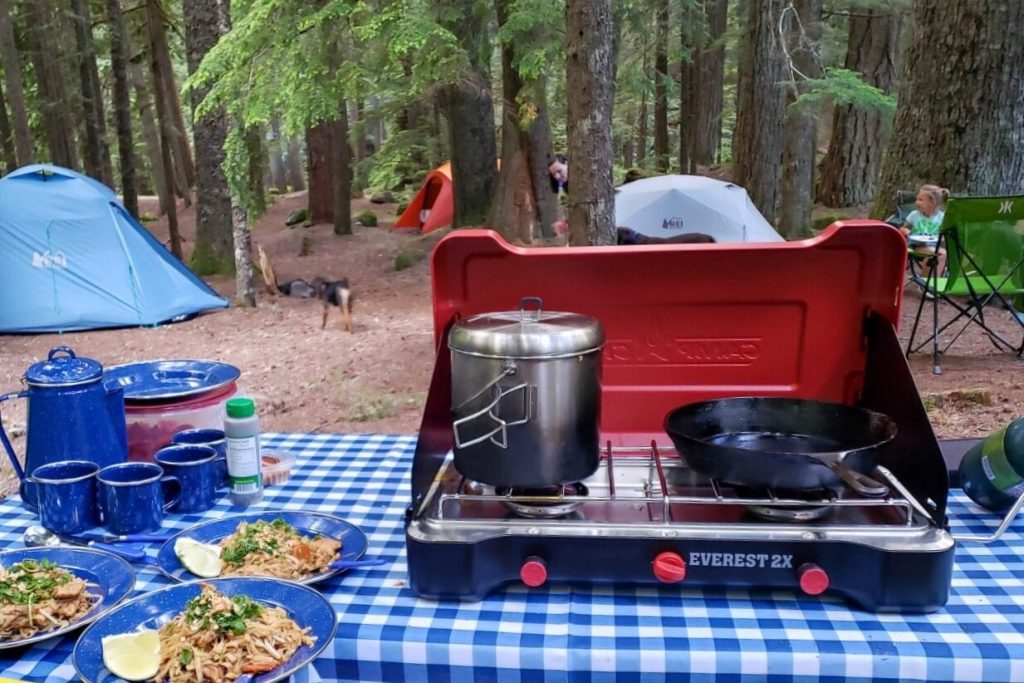
Camping Tips
Staying Organized
It’s really easy to keep your camping gear organized by using clear plastic bins with lids. You can see what’s inside each one at a glance and slide them easily in and out of the car. The bins also keep your items contained and protected from dust and critters in camp. And, as an added benefit, your stuff will always be stored in one place at home – ready to go for your next adventure. All you’ll have to do next time you want to head out is quickly go through the bins with your checklist, add clothing, restock consumables, and you’re good to go.
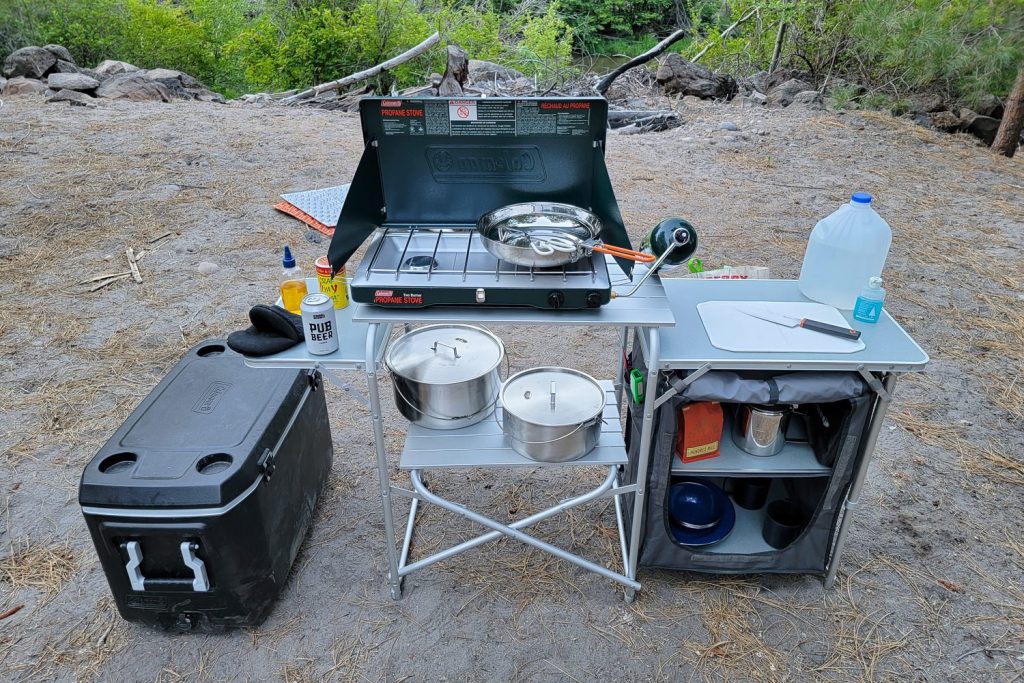
Camping Food
The camp kitchen and your food system will vary greatly depending on how much or little you want to cook on your camping trip. Some people prefer to bring mostly cold or prepared foods, while others enjoy whipping up gourmet meals at their campsite.
Deciding whether you’d prefer not to cook, to cook on a stove, use a grill, or over a fire will help you figure out what to pack and what kind of food to shop for. We usually prefer to prep and combine some ingredients at home, then do some simple cooking on a stove in camp. Taking the time to make a meal plan before your trip will make your role as camp chef much easier and more fun.
Check out our Easy Camping Recipes That Taste Gourmet post for meal ideas. We also have a ton of other food-related resources that work for both camping and backpacking.
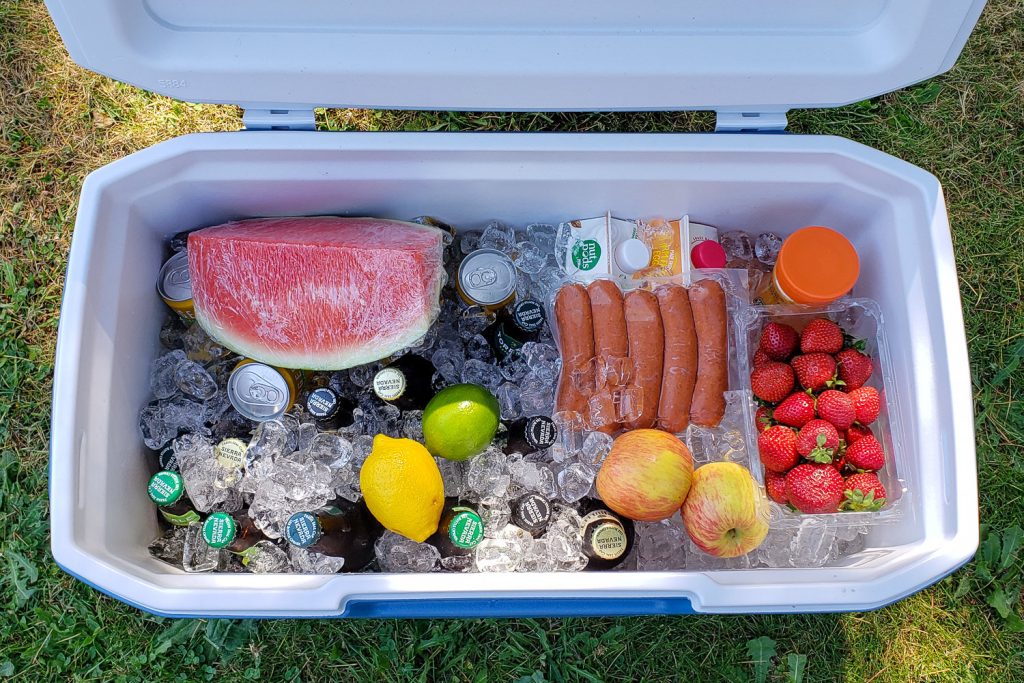
Stay Cool, Cooler
A quality cooler will have thick insulation to help keep it cold for a long time. But even the best cooler will lose its cool after a day or two on hot summer trips.
Use these tips to help your cooler perform to its max potential, keeping food safe and drinks ice-cold, the way we like ‘em:
- Pre-chill both your food and your cooler before you load it for the best start
- The fuller your cooler is, the less trapped warm air has to cool, so choose one that isn’t too large and top it up whenever possible
- Separate your drinks from your food in two smaller coolers instead of one large one to reduce the number of times people open them
- Cover your cooler with a blanket, sleeping bag, or pad, and keep it in the shade
If you’re in the market for a new cooler, check out our list of the Best Coolers.
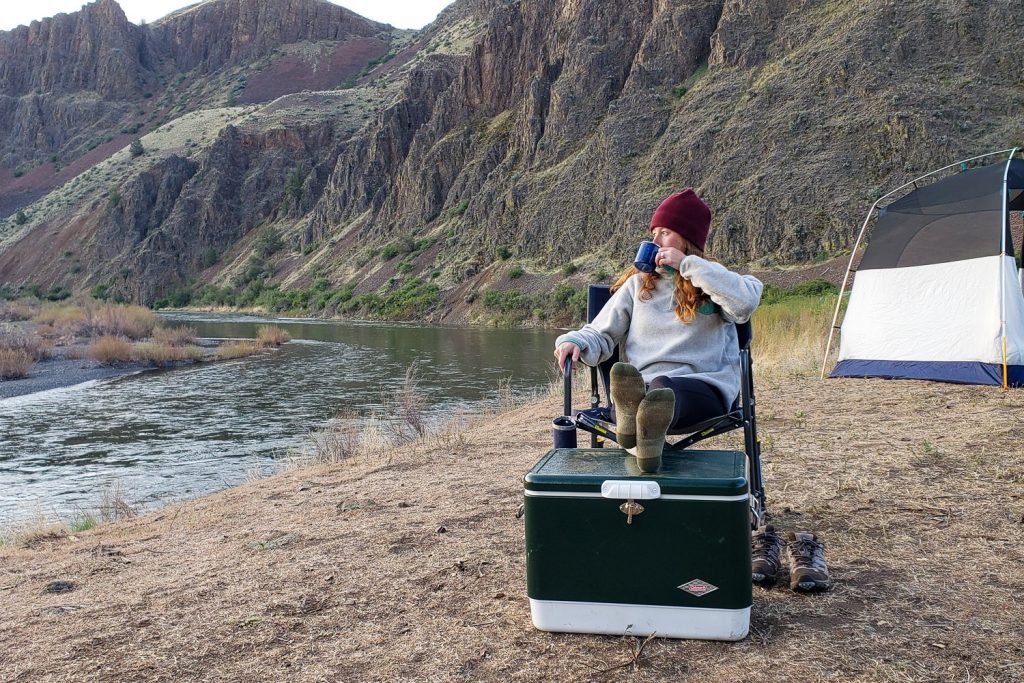
Garbage in Camp
It’s a good practice to keep your campsite clean and free of litter to keep birds, rodents, bears, and other wildlife from getting a taste for human food. It really doesn’t take much to follow Leave No Trace protocol and it improves the way you experience your campsite too.
We try to separate garbage from recyclables whenever we can. Dispose of garbage in campground receptacles when you leave your site unattended or store foods items and garbage in your car. In bear country, it’s a good idea to keep your food in a bear locker, store it in your car, or properly hang a food bag like the Ursack.
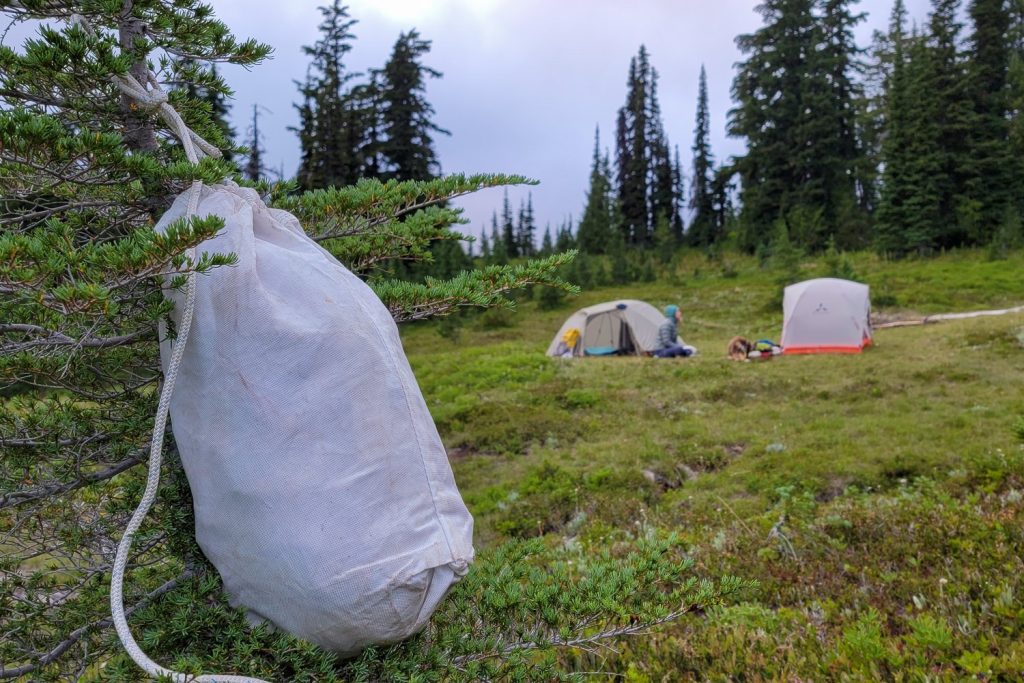
First Aid Kits
You can’t be prepared for absolutely everything, but you should have what you need to take care of minor cuts, scrapes, sunburn, bug bites, upset stomachs, and headaches. Check out our Best First-Aid Kits list to find the best one for you and your camping needs.
